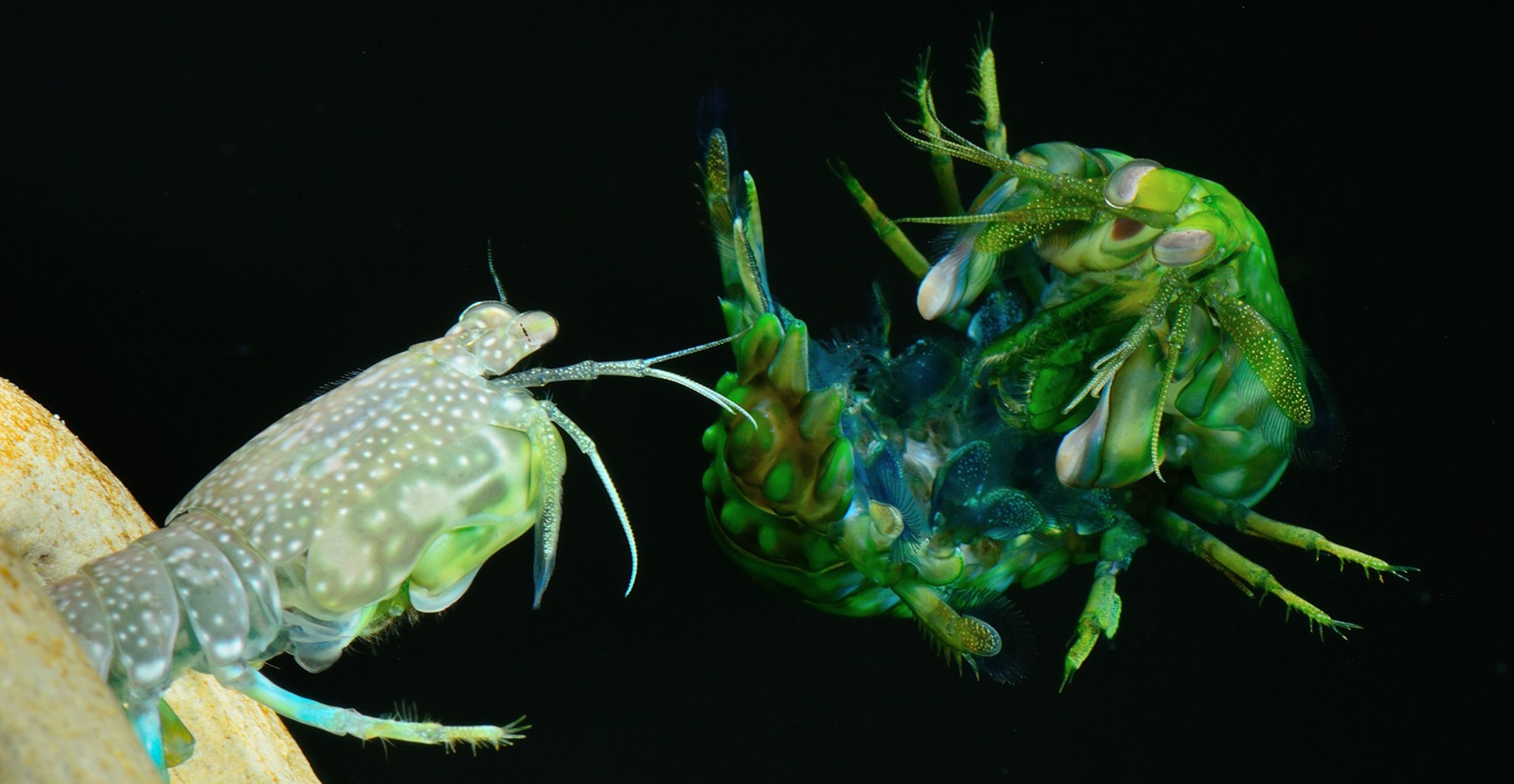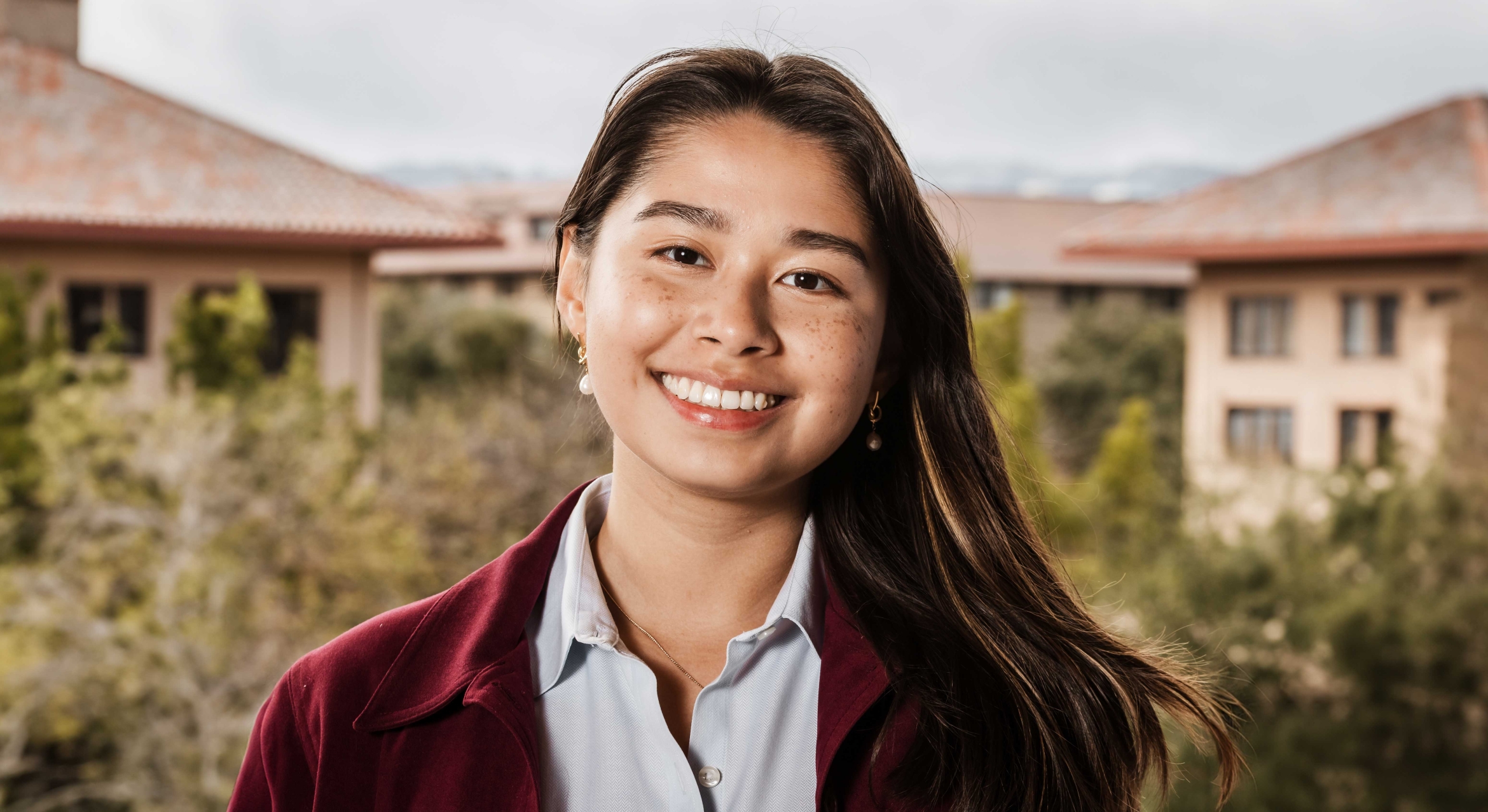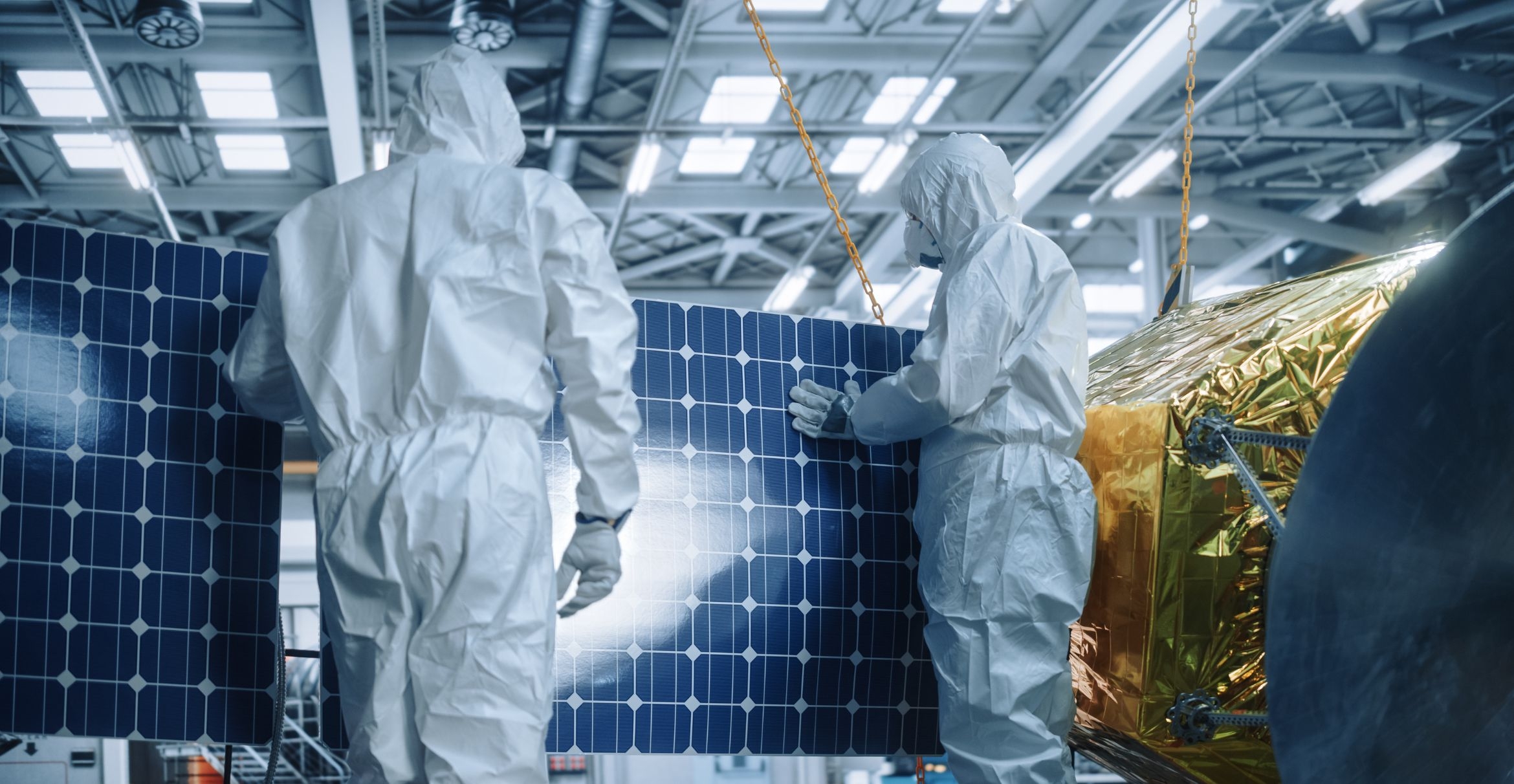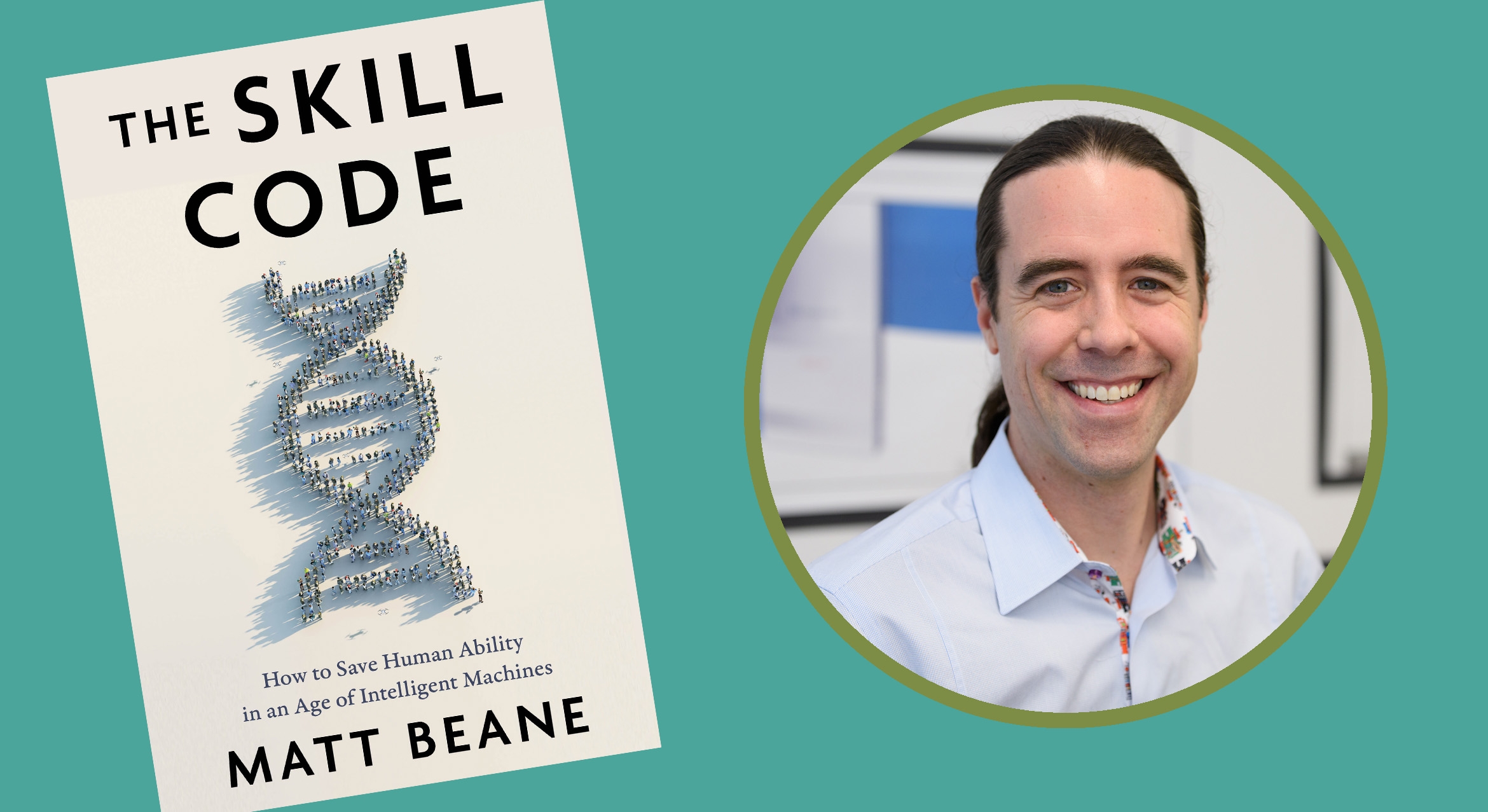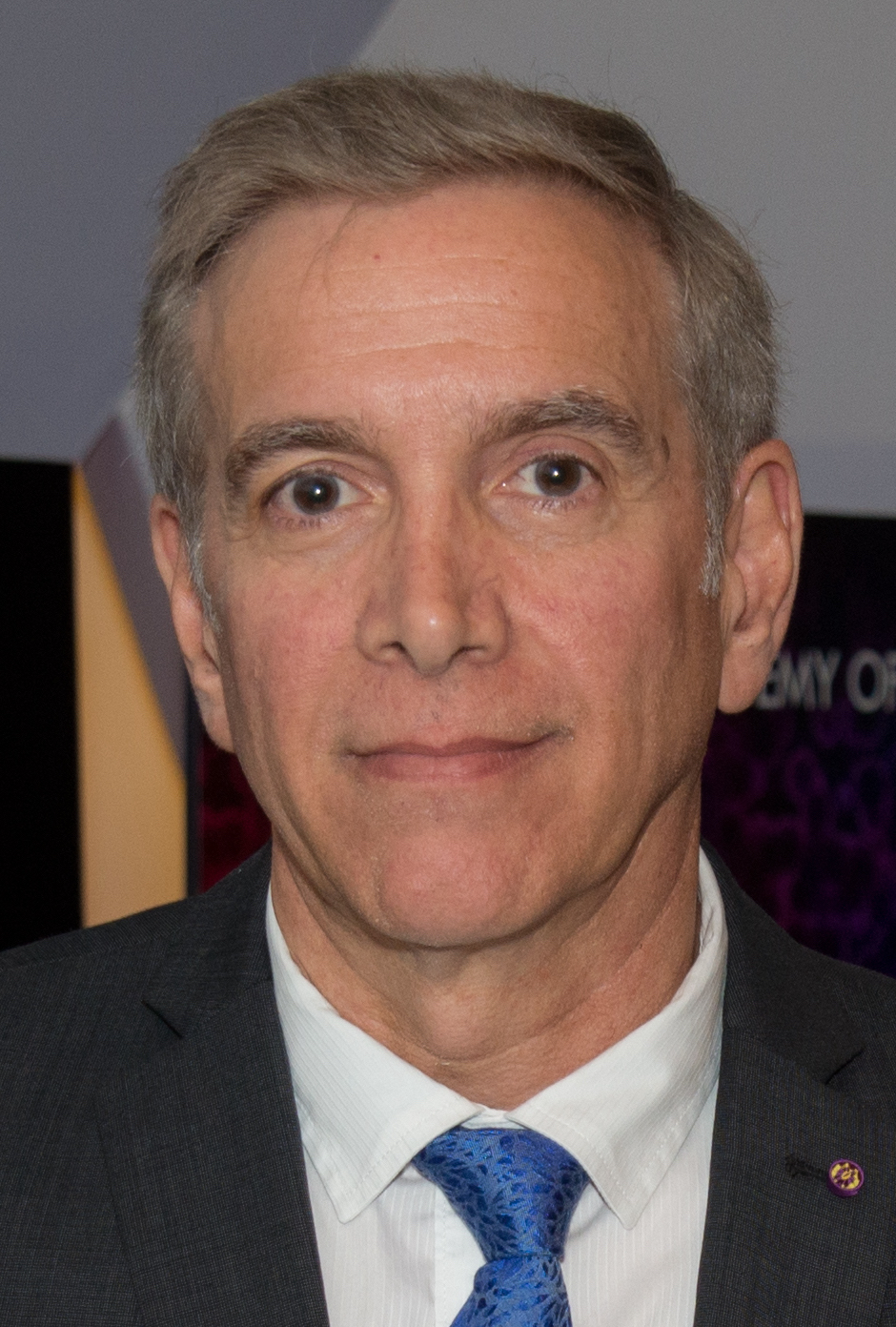
Physics Beyond the Standard Model
In much the same way that the composition of all life forms comes down to a simple string of genetic code, our universe, according to the Standard Model of particle physics is, at its core, comprised of 17 types of elementary particles. For decades, scientists around the world — including the members of UC Santa Barbara’s High Energy Physics group — have been involved in the search for, discovery and detailed study of these subatomic particles, which constitute all the matter and the energy with which we can interact.
The Standard Model was rendered complete in 2012 when physicists at the European Organization for Nuclear Research confirmed evidence of the Higgs boson, a fragile and unique particle that proves the existence of a mechanism that governs the generation of mass for some elementary particles. UCSB physics professor Joseph Incandela — at that time the leader of the Compact Muon Solenoid experiment, one of two multinational research collaborations pursuing the Higgs at the Large Hadron Collider — made the historic discovery announcement, bringing the world closer to understanding the fundamental composition of our universe.
But even with all of the predicted Standard Model particles accounted for, the search is not over. In fact, the discovery of the Higgs boson highlighted some big questions about the nature of the universe, and the need for new physics beyond the Standard Model.
On Monday, October 17, Incandela will deliver UCSB’s 61st Annual Faculty Research Lecture, titled “Searching for the Genetic Code of our Universe.” The highest honor bestowed upon a UCSB professor by his or her peers, the lecture recognizes extraordinary scholarly distinction. The event will take place at Corwin Pavilion in the campus’s University Center, with a reception beginning at 4 p.m., followed by the lecture at 5:15 p.m. The reception and lecture are free and open to the public.
In his lecture, Incandela will give a general overview of what researchers have been able to uncover thus far, and what mysteries he and fellow scientists hope to solve as they continue to investigate the deeper workings of the universe.
“For instance, and admittedly very paradoxically, the Higgs boson itself, and our universe by extension, is unbelievably improbable if there is nothing but the Standard Model,” he said. “It is as probable as a pin standing freely on its sharply pointed tip on a hard flat surface for days on end.”
A more elegant explanation lies in Supersymmetry, a theoretical concept that proposes the existence of new particles — one for each of the particles in the Standard Model. The influence these superpartners could exert on Higgs bosons, for instance, would make the situation completely natural, Incandela explained.
“In a very real sense, they would bring balance to the universe,” he said. In addition, the lightest of these new particles would also explain dark matter, the invisible yet highly influential stuff that comprises the vast majority of matter in the universe.
“So the story isn’t over,” Incandela added.
Incandela, who currently holds the campus’s Yzurdiaga Chair in Experimental Science, joined the UCSB faculty in 2001 after a decade spent at Fermi National Accelerator Laboratory. He received his doctorate in physics in 1986 from the University of Chicago and is an author on more than 1,000 publications. An experimental physicist, Incandela in his research efforts has made major contributions to the first precision measurement of the mass of the Z boson and to the discovery of the top quark. He is currently the interim vice chancellor for research at UCSB.
A recipient of the Milner Foundation’s 2013 Special Breakthrough Prize in Physics, Incandela is also a fellow of the National Academy of Sciences, the American Association for the Advancement of Science and the American Physical Society. He is a member of the High Energy Physics Advisory panel to the U.S. Department of Energy and the National Science Foundation. In addition, he holds appointments at the Perimeter Institute in Waterloo, Canada, and at the Tata Institute for Fundamental Research in Mumbai, India.
